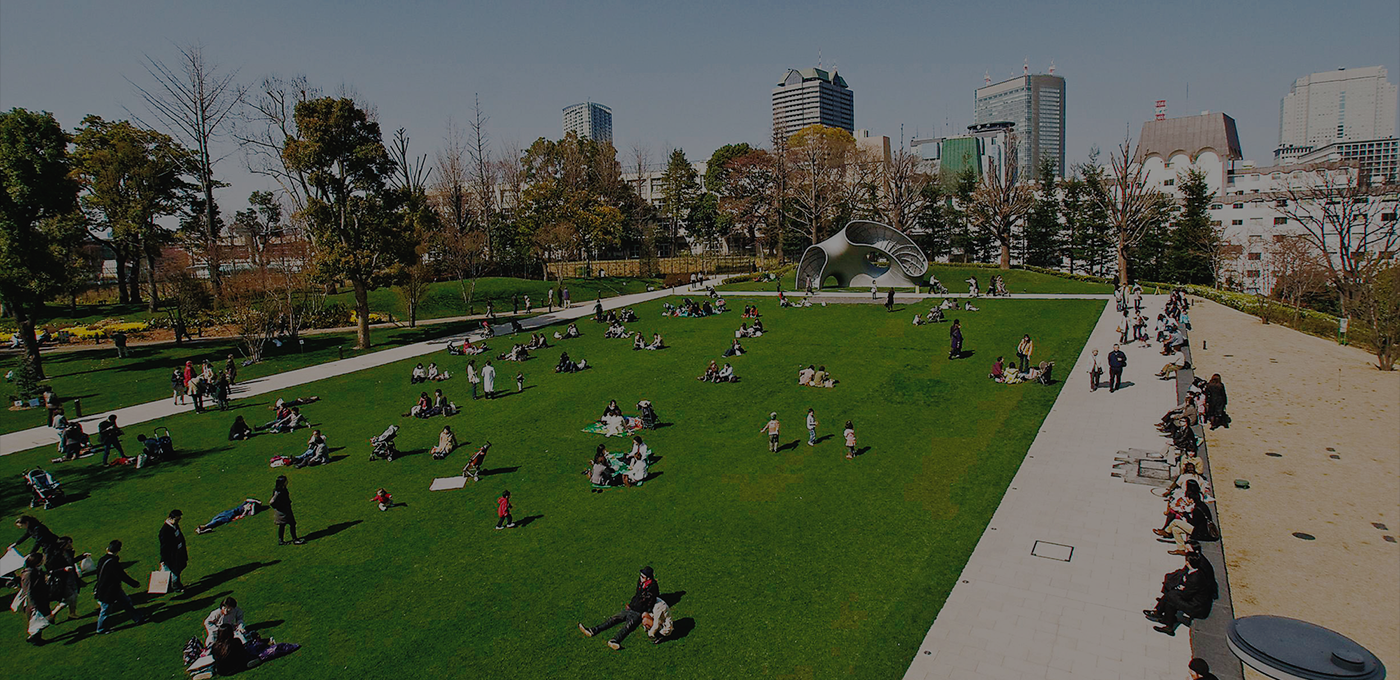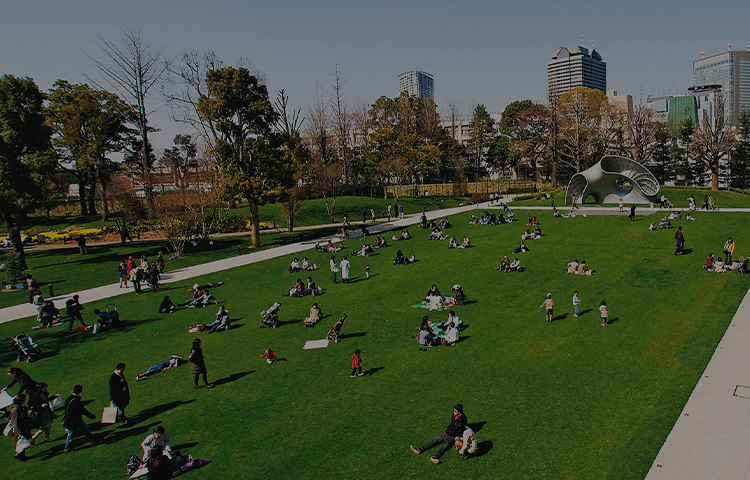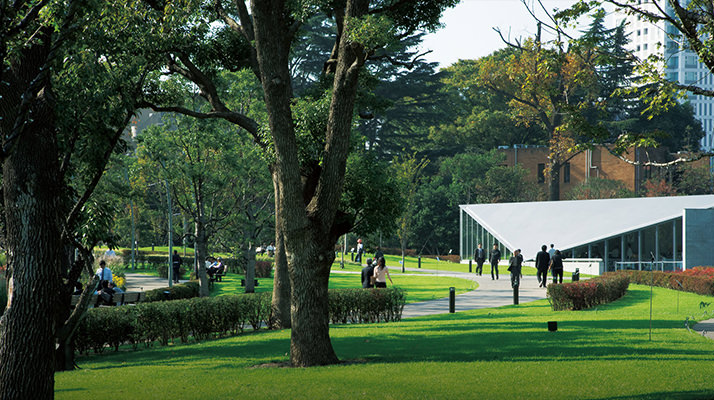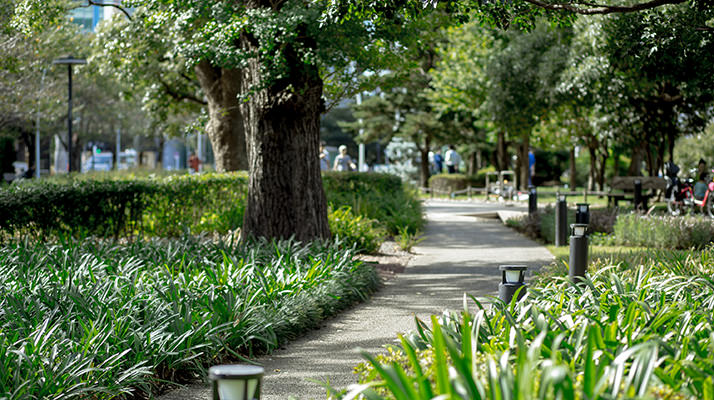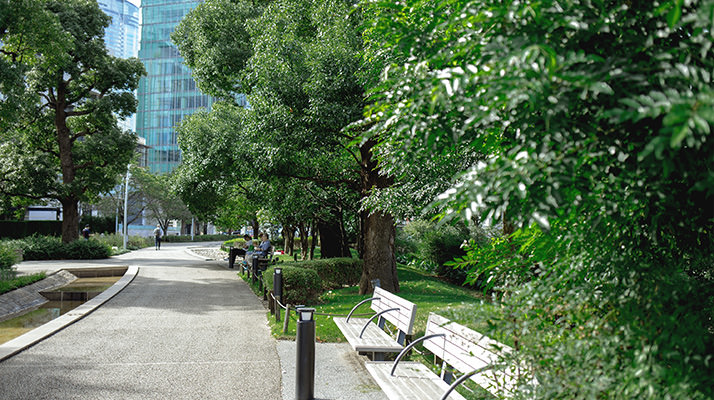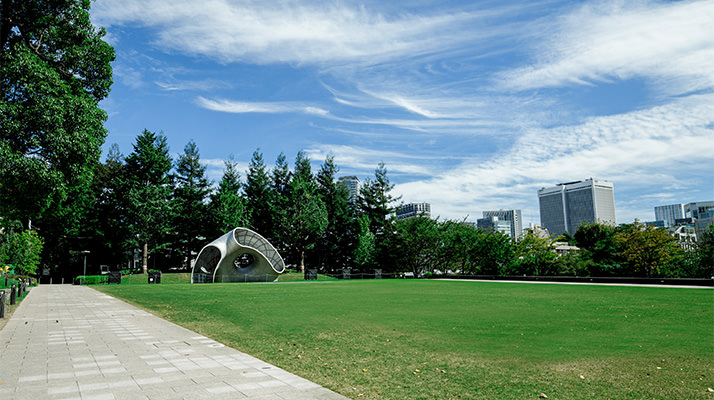SHOP | FOOD & DRINK *Business hours vary from shop to shop.
CLOSE
Midtown Garden
People passing through the city can find a peaceful spot of relaxation at Midtown Garden.
It is a natural art gallery where many trees such as cherry and camphor trees compete for beauty.
Approximately 140 trees have been rooted here since decades ago, and have been inherited by this garden to help sustain this rich landscape.
People passing through the city can find a peaceful spot of relaxation at Midtown Garden. It is a natural art gallery where many trees such as cherry and camphor trees compete for beauty. Approximately 140 trees have been rooted here since decades ago, and have been inherited by this garden to help sustain this rich landscape.
Flora for All Seasons
Midtown Garden is home to a wide variety of flowers.
- SPRING
- SUMMER
- AUTUMN
- WINTER
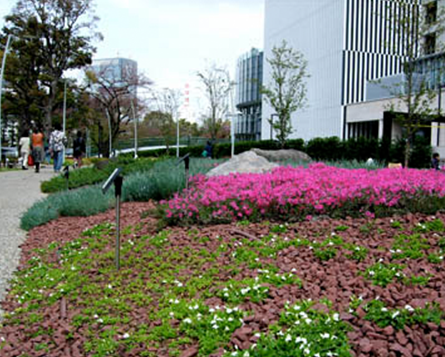


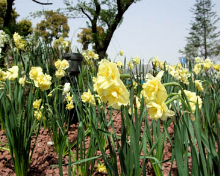
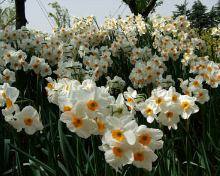

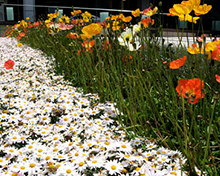


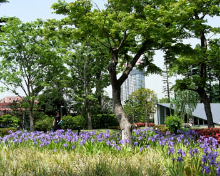
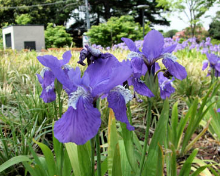
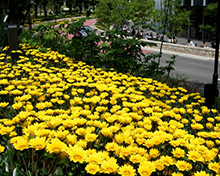













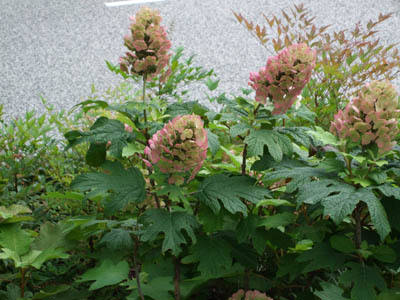


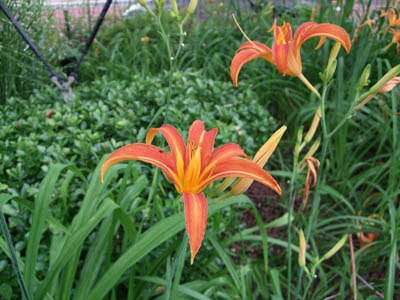
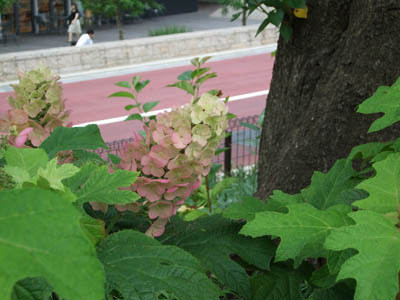
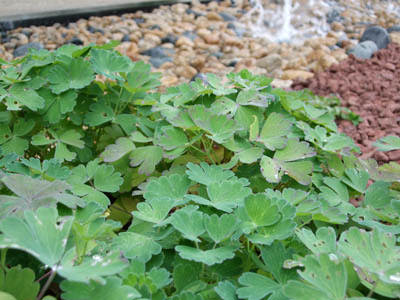

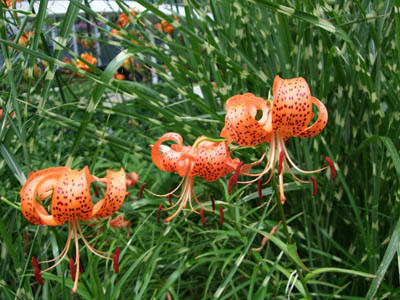

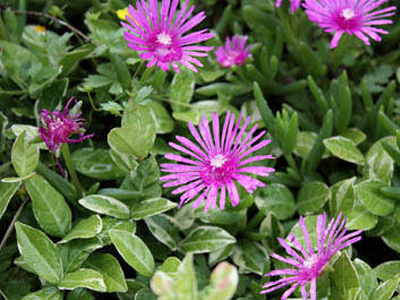
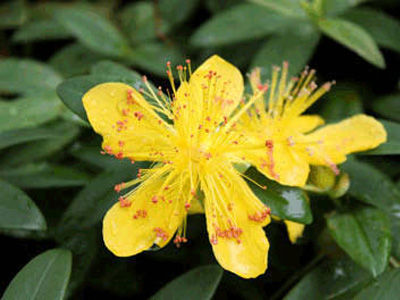












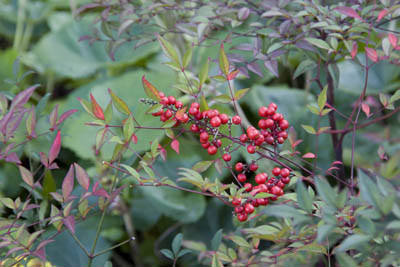
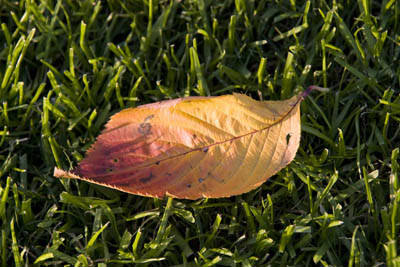
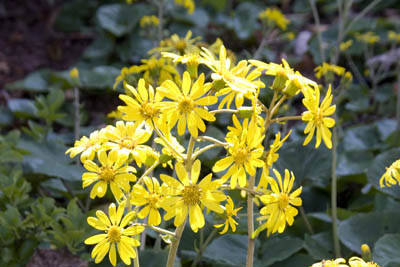

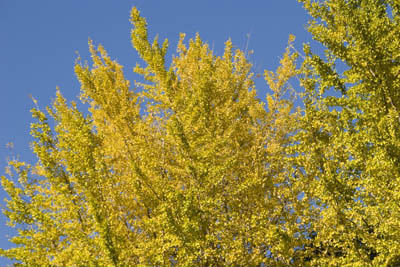
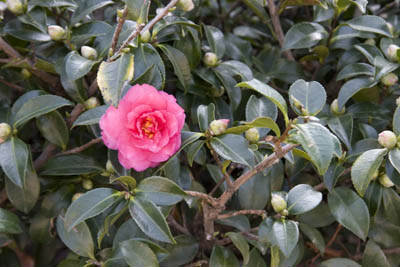
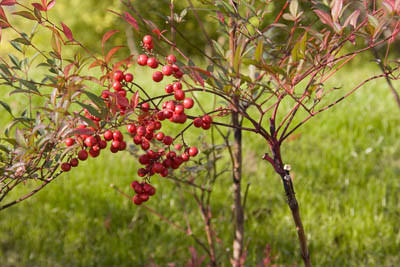
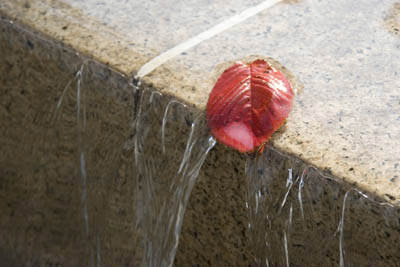

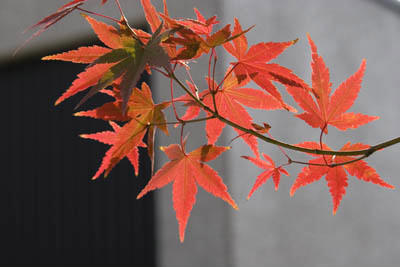
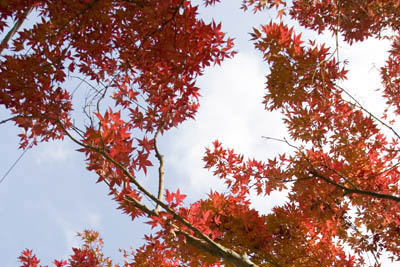













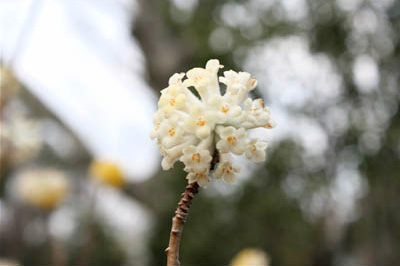
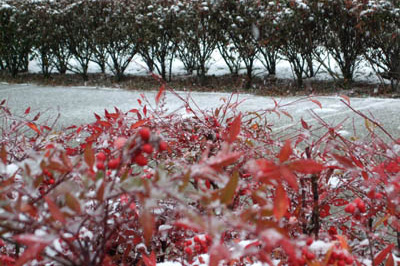
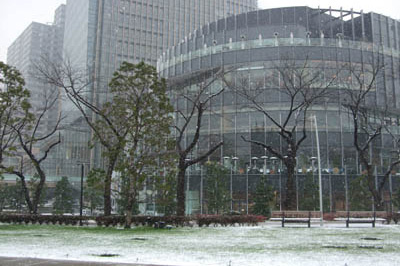

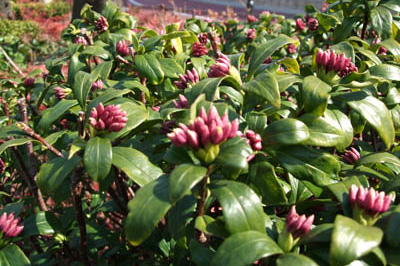
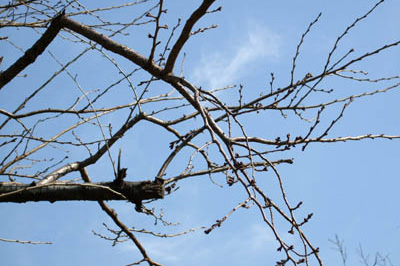
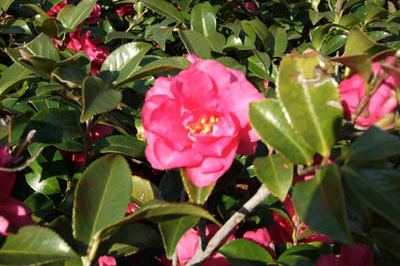
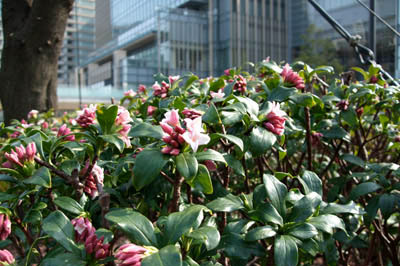

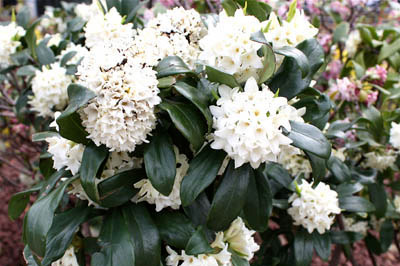

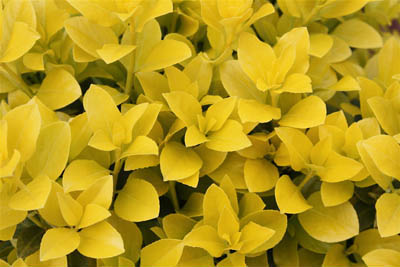












Visiting Birds
There are 25 species of birds that can be spotted at Tokyo Midtown.
* This number is based on research data collected from October 2016 to June 2017.
- Lawn Birds
- Waterfront Birds
- Tree Birds
- Sky Birds
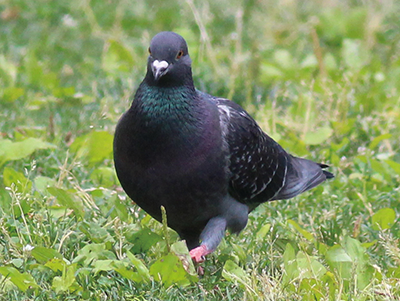
Rock Pigeon
Can be spotted year-round.
This city bird is recognizable by its white nose, and green and purple feathers around its neck. Groups of pigeons often gather around stations and in parks.

Tree Sparrow
Can be spotted year-round.
This bird has a unique reddish coat of feathers with a black beak and accents around the cheeks. It feeds on bugs and roots, and hops to move when on the ground.
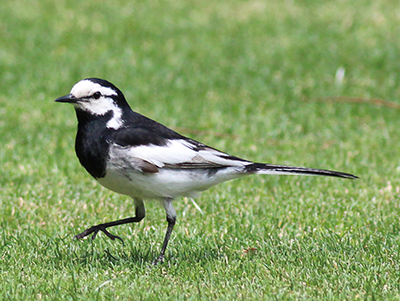
Japanese Pied Wagtail
Can be spotted year-round.
The Japanese pied wagtail gets its name from its unique walk, during which it swings its tail up and down. This bird is also recognizable by a streak of black feathers along its back and striking white cheeks. Usually spotted in open spaces near the riverbanks or between buildings.
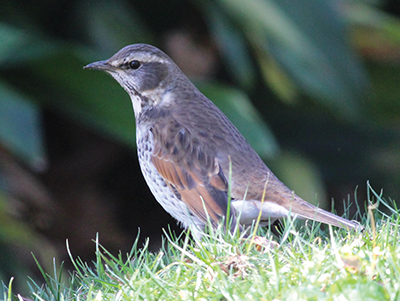
Dusky Thrush
Can be spotted in the fall and winter.
This bird is recognizable by its white, spotted underbelly and scale-pattern plumage.
The dusky thrush usually travels to Japan in flocks in the fall, where it spends the cold seasons hunting for small bugs and fruit in forests.
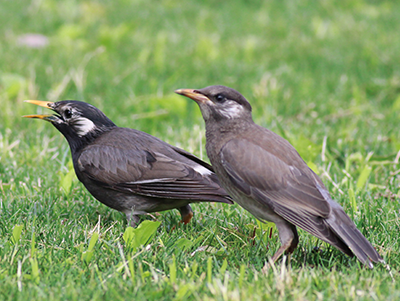
White-cheeked Starling
Can be spotted year-round.
The white-cheeked starling’s unique characteristics are its bright yellow beak and white cheeks. It feeds on small bugs and fruit, and is often spotted in the lawn. In the city, females build their nests in trees as well as in small crevices of surrounding buildings.

Spot-billed Duck
Can be spotted year-round.
Often seen near ponds, rivers, and lakes, this water-loving bird is recognizable by the bright yellow tip of its beak and orange webbed feet.

Great Egret
Can be spotted year-round.
The great egret has an elongated body and beak, which is black in summer and yellow in the winter. It feeds on fish and frogs, and females usually build their nests in spaces with a dense concentration of grass, trees and other plants.
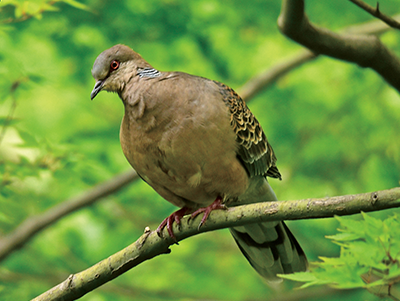
Eastern Turtle Dove
Can be spotted year-round.
This bird has a unique scale-pattern plumage with distinctive striped feathers around its neck. It feeds on grass and plant roots. The turtle dove has a clear and loud call that can be heard in some parks.

Bull-headed Shrike
Can be spotted in the fall and winter.
The bull-headed shrike is recognizable by its unique key-shaped beak, an important characteristic that makes this bird a master hunter of bugs, lizards, and smaller birds. After catching its prey, it often impales it on a sharp edge to break into more digestible pieces.
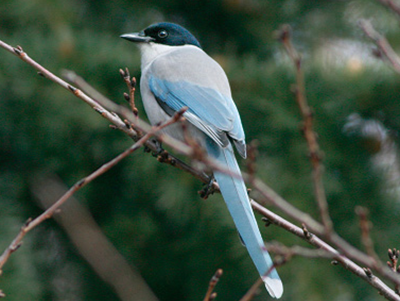
Azure-winged Magpie
Can be spotted year-round.
This beautiful bird has a unique plumage characterized by a dark turquoise-feathered head, and long sky blue wings and tails. In the city, this bird is as common as the jungle crow and travels in small flocks.
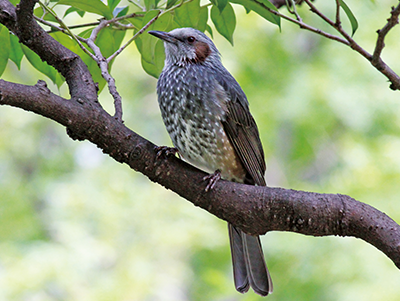
Brown-eared Bulbul
Can be spotted year-round.
The brown-eared bulbul has dark plumage with orange streaks behind its eyes. It feeds on the sweet nectar of flowers and soft fruit.
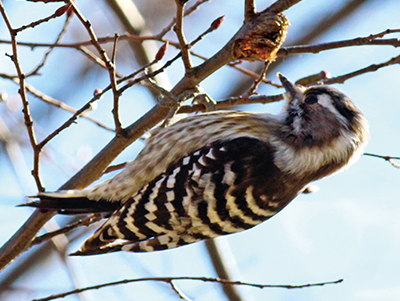
Japanese Pygmy Woodpecker
Can be spotted year-round.
The Japanese pygmy is the smallest woodpecker in the country, distinguishable by its brown feathered-back and white speckles. In the city, it can be spotted on trees and in parks.
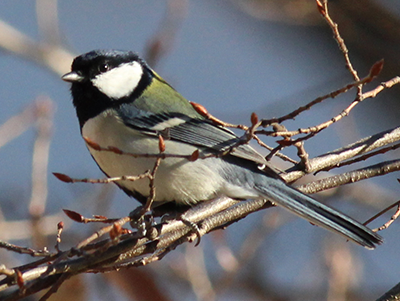
Japanese Tit
Can be spotted year-round.
This bird is recognizable by its white cheeks and its unique black stripe, which circles its neck and drops down its chest, creating the illusion it is wearing a necktie. This bird is commonly encountered in the city and feeds on bugs and fruit.
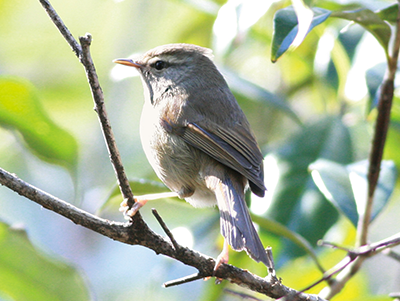
Japanese Bush Warbler
Can be spotted in the fall and winter.
This bird has a green-feathered back with hints of brown, a striking white underbelly and distinctive streak above its eyes. The male’s unique call is especially well-known.
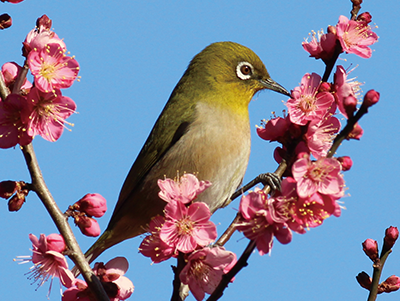
Japanese White-eye
Can be spotted year-round.
The Japanese white-eye is recognizable by its vivid green feather coat and clear white circles around its eyes. It loves nectar, and plays an important role in the pollination of flowers.
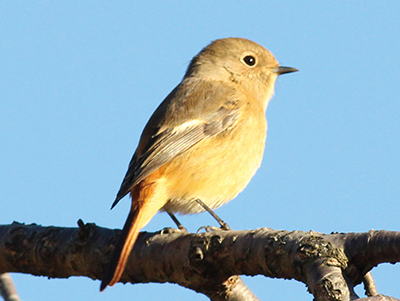
Daurian Redstart (Pictured: Female)
Can be spotted in the fall and winter.
There are obvious distinctions between male and female redstarts. The male’s head is covered in a coat of gray feathers, while its face has hints of black. It also has an orange underbelly as well as some specks of white on its wings. This bird is most often spotted in parks, but can also be seen in some home gardens.
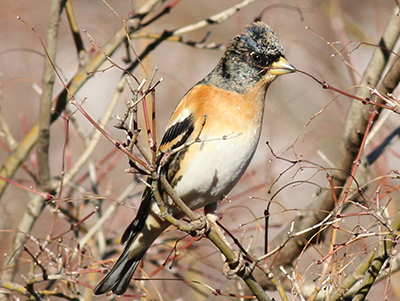
Brambling
Can be spotted in the fall and winter.
Bramblings fly to Japan in the fall and spend the winter. They usually live and travel in flocks and feed on fruit and roots.

Oriental Greenfinch
Can be spotted year-round.
The Oriental greenfinch has a distinct thick, brown beak and yellow feathers on its wings. It is usually spotted in small wooded areas, on tile roofs, and in parks, where it searches for plant roots.

Narcissus Flycatcher (Pictured: Female)
Can be spotted in the spring and summer.
There are obvious distinctions between male and female flycatchers. The male is recognizable by its orange plumage around the chest, and yellow feathers around the neck. This species of flycatcher visits in the spring and breeds in the mountains.

Pale Thrush
Can be spotted in the fall and winter.
The pale thrush has a gray-feathered head and a striking white underbelly. To hunt, it rummages through the fallen leaves in search of fruit and earthworms.

Jungle Crow
Can be spotted year-round.
This crow is recognizable thanks to its particularly thick beak and pronounced forehead.
While originally a bird of the forest, today the jungle crow is an animal commonly encountered in the city.
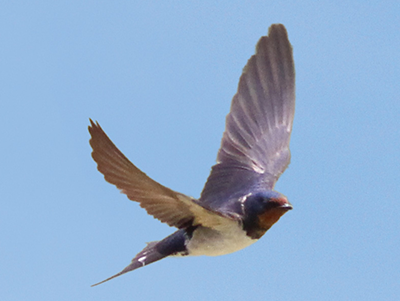
Barn Swallow
Can be spotted in the spring and summer.
This bird is recognizable by its deep royal blue-feathered back and white underbelly. Females usually build their nests in places where they can easily fly to and from. In the city, you can spot them underneath roofs and within train stations.
To ensure a pleasant experience for everyone, we ask all our visitors to follow the following rules.
- - Please do not bring chairs, tables, parasols, or pets in the lawn area
- - Please do not litter or smoke
- - Please do not gather in large groups, give speeches, or have large picnics
- - Please do not use ground tarps
- - Please do not engage in any activity that might inconvenience other visitors



